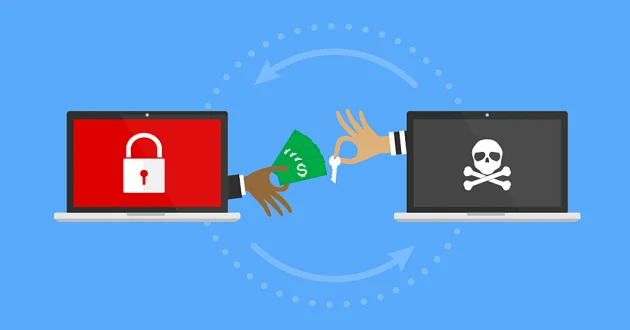Ransomware is a type of malware that restricts access to an infected computer system and demands payment in exchange for restoring access. It is a growing threat to organizations of all sizes and can cause serious harm to business operations, data, and reputation. According to a report by Cybersecurity Ventures, global ransomware damages are predicted to reach $20 billion by 2021. In light of this, ransomware protection has become an essential part of any organization’s cybersecurity strategy.
Ransomware attacks often begin with phishing emails that trick employees into clicking on a malicious link or downloading an infected attachment. Once inside the network, the ransomware encrypts files and demands payment in exchange for the decryption key. Attackers may also threaten to release sensitive data if the ransom is not paid, further adding to the pressure on the victim organization.
To protect against ransomware, organizations must implement a multi-layered approach that includes both preventative and reactive measures. One important tool in the preventative arsenal is ransomware protection software. These solutions use advanced algorithms to detect and block ransomware before it can execute, and can also detect and quarantine infected files.


 In addition to ransomware protection software, organizations must also implement strong security policies and provide cybersecurity awareness training to employees. Employees must be educated on how to identify phishing emails and other social engineering tactics used by attackers to gain access to the network. They should also be taught how to respond to a potential ransomware attack, including reporting any suspicious activity to the IT team.
In addition to ransomware protection software, organizations must also implement strong security policies and provide cybersecurity awareness training to employees. Employees must be educated on how to identify phishing emails and other social engineering tactics used by attackers to gain access to the network. They should also be taught how to respond to a potential ransomware attack, including reporting any suspicious activity to the IT team.
